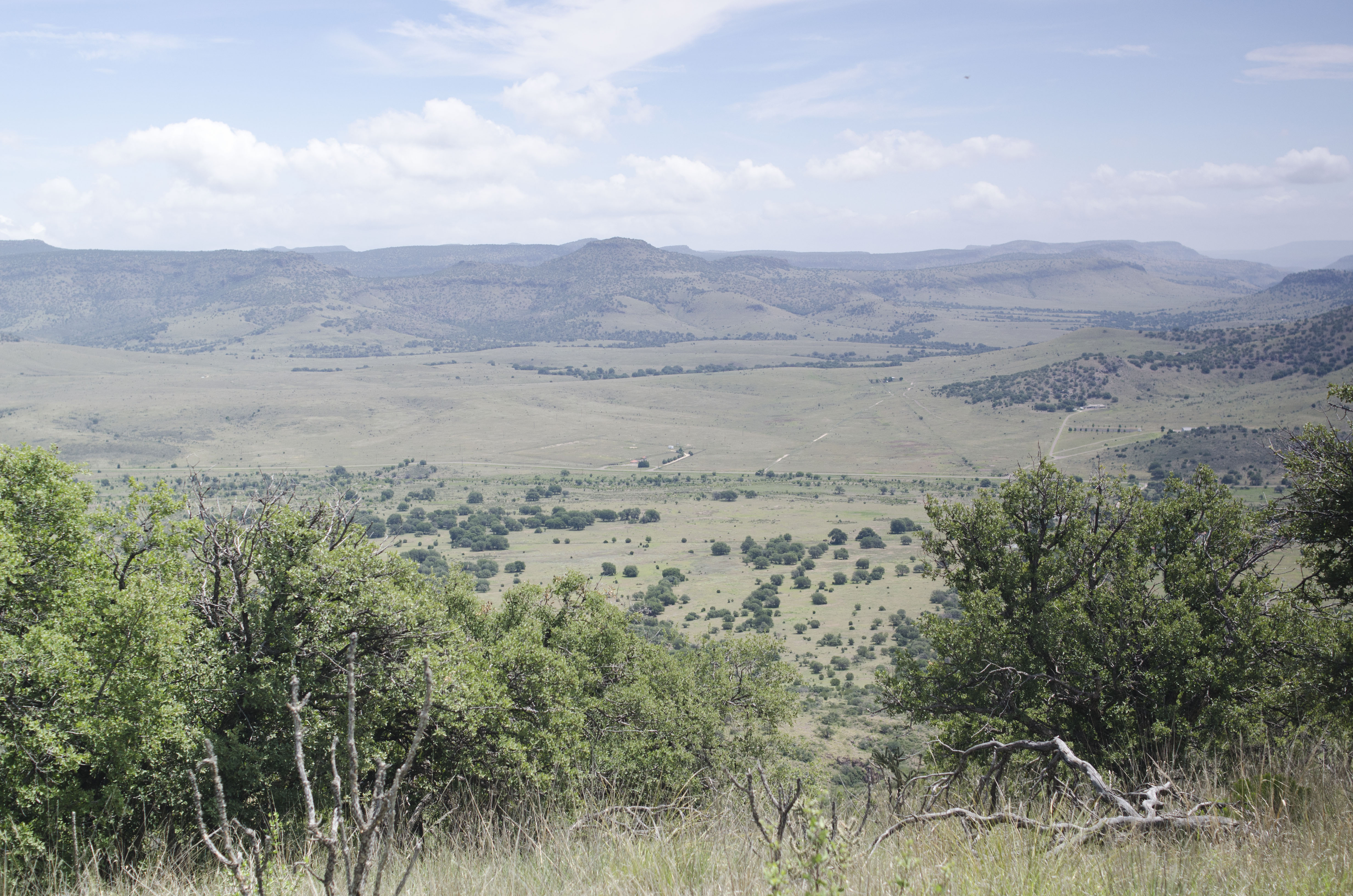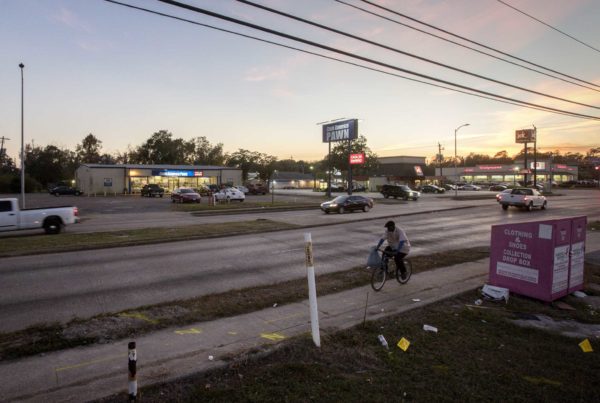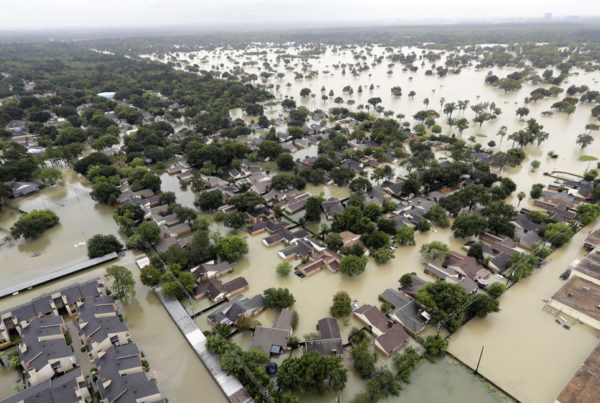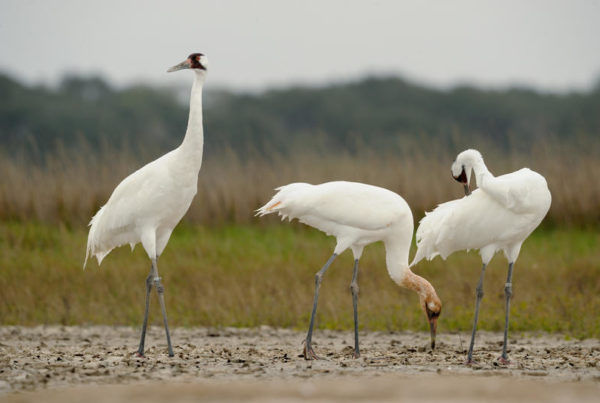October and November are typically wet months in Texas. But this year, October and November appear to be among the driest on record. Now State Climatologist John Nielsen-Gammon is warning the dry conditions could persist. And that has some Texans uttering the d-word – drought.
After the last major drought at the start of the decade, the legislature financed water projects across the state, with the goal of better preparing for the next drought.
Andrew Sansom, Executive Director of the Meadows Center for Water and the Environment says Texas’ rapidly growing population – it’s expected to double in the next 50 years – is likely to outstrip the state’s ability to cope with drought.
“We’ve already given permission for more water to be withdrawn from many of our rivers than is actually in them,” Sansom says. “So even before considering drought, we’re in a world of hurt.”
Sansom says legislative action going back to the 1990s, along with voter approval of the Texas State Water Fund in 2013, have been helpful in dealing with the state’s water shortfall.
“Most cities in Texas lose 15 to 20 percent of all the water in their systems, just because the water mains are not maintained, or they’re leaking,” Sansom says. Cities can use the state water fund money to make repairs to their infrastructure.
Sansom says droughts will continue to be a way of life in Texas, and that lawmakers will need to continue planning with that in mind.
“We will have more frequent occurrences of short droughts, like we’ve seen this fall,” Sansom says. “Number two, get people to understand that they’re probably going to have to pay more for water in the future. And number three, you can’t just do it with conservation. We’re going to have to find more supplies.”
Desalination of brackish groundwater is one way of getting more water flowing, Sansom says.
“We have vast supplies of groundwater in Texas, which is nowhere near as salty as the Gulf,” he says “and they’re close to where the consumers are.”
Written by Shelly Brisbin.














